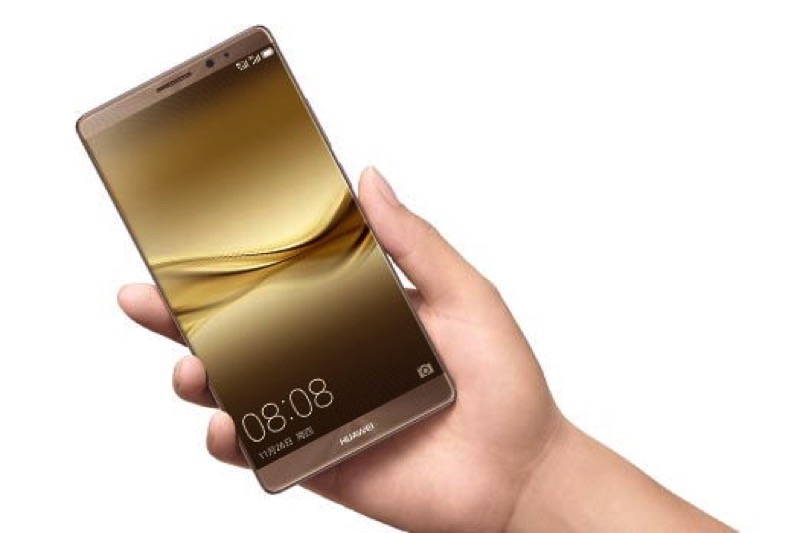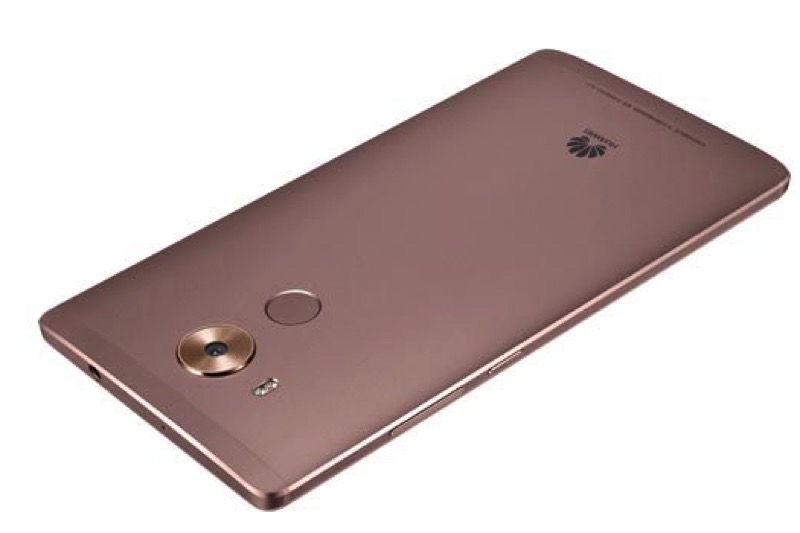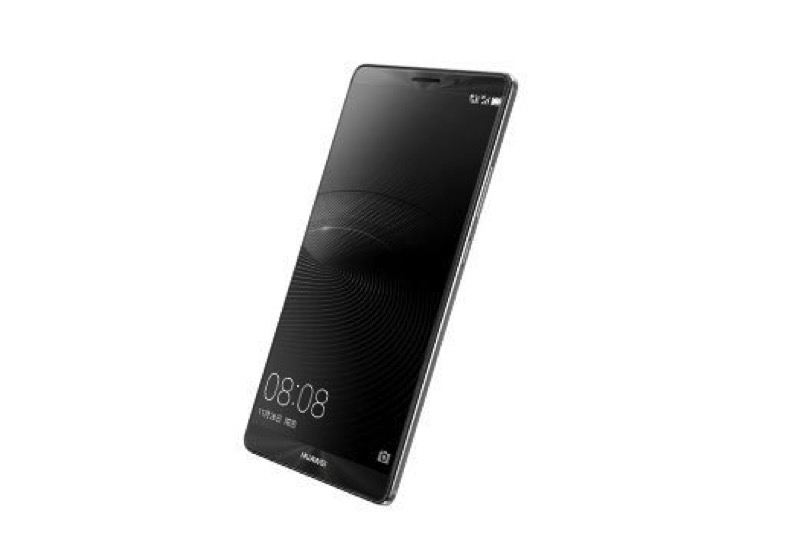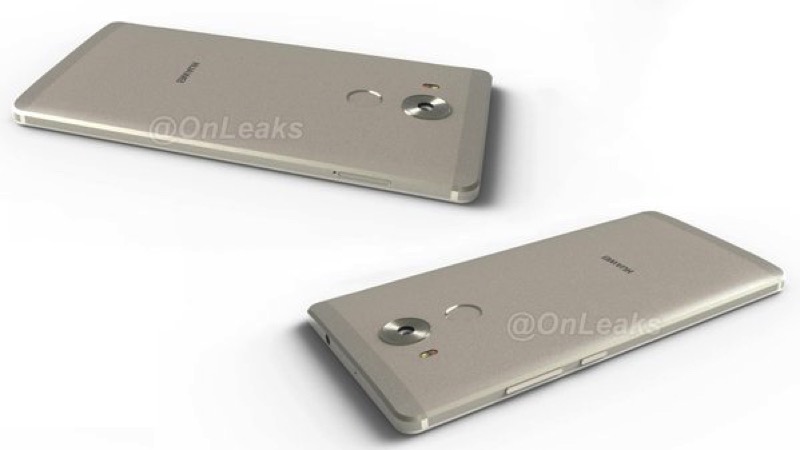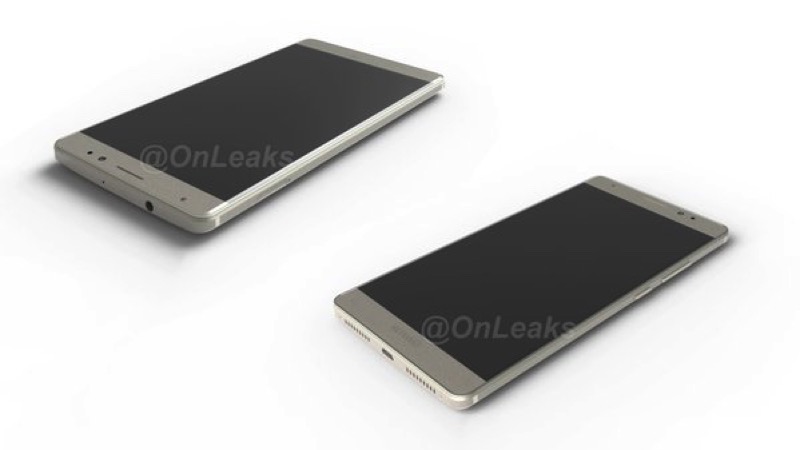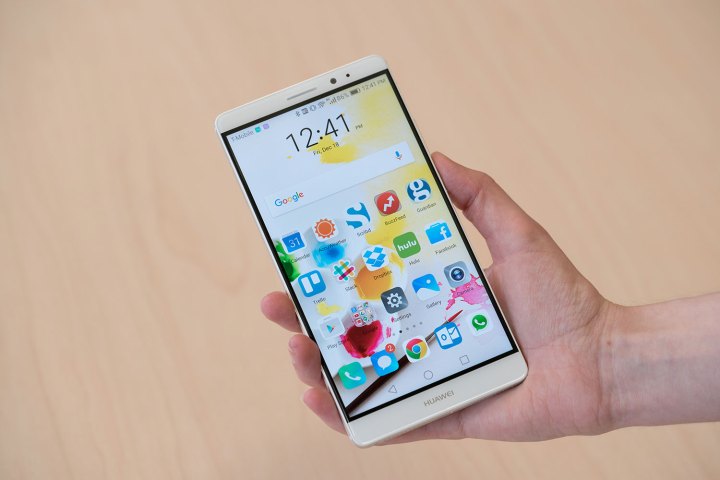
Updated on 1-5-2015 by Malarie Gokey: Added in news of the Mate 8’s official launch in 30 more countries. The U.S. is not among them — yet.
Pricing and Availability
The Mate 8 initially launched China, but at CES 2016, Huawei announced the global launch of the Mate 8 in 30 more countries. Unfortunately, despite many rumors that the phablet would hit the U.S. market, Huawei didn’t say a peep about it.
The new countries include Spain, Germany, France, United Arab Emirates, Mexico, and Australia — to name a few. The Mate 8 will cost 600 euros for the 3GB RAM and 32GB storage capacity model and 700 euros for 4GB RAM and 64GB of storage. You can get it in four colors now: champagne gold, moonlight silver, space gray, and mocha brown.
According to an earlier report from the Wall Street Journal, Huawei will get serious in the U.S. in 2016. The publication’s sources said the Mate 8, and Huawei’s spin-off Honor brand could arrive in the States after CES. The head of the mobile division, He Gang, said he expects great things from the Mate 8 in terms of sales, somewhere close to one million units each month. This is still unconfirmed by Huawei, and so far, we’ve hard no mention of the Mate 8 reaching the States.
In China the Mate 8 is available in champagne gold, moonlight silver, space gray, and mocha brown, too. The handset’s sold in four variants, with the base 3GB of RAM, 32GB of storage model going for CNY 2,999 ($470). Meanwhile, the 4GB of
Specifications
Much like with the Mate 7 before it, the most striking aspect of the Mate 8 is its gargantuan 6-inch, 1,920 x 1,080 resolution display. As big as the screen may be, however, Huawei made sure to equally emphasize the Mate 8’s ergonomics, which is why the relatively high 83 percent screen-to-body ratio makes sure to make the phone is easier to handle than you might think.
Also an improvement from the Mate 7 is the Mate 8’s internals, with the octa-core 2.3GHz Kirin 950 processor the star of the show. Offering a 100 percent performance boost over the Kirin 930 processor found in the Mate 7, the Kirin 950 brings with it an i5 co-processor, which will handle speech recognition, reduced location-based power consumption, and low-power MP3 consumption, among other tasks a typical processor would normally need to handle.
Elsewhere, the Mate 8 retains the rear-mounted fingerprint sensor found on the Mate 7, though it’s now a circular design rather than the square design of yore. In addition, the Mate 8 seems to incorporate more aluminum into its DNA, with the 2.5D curved glass front panel making sure those side swipes feel more natural. The Mate 8 runs Huawei’s EMUI 4.0, the company’s own flavor of Android 6.0 Marshmallow.
Huawei has added a 16-megapixel camera on the back of the Mate 8, with optical image stabilization and dual-LED flash. The front camera is an 8-megapixel shooter, capable of the same 1080p resolution photos as the rear camera, but does not feature OIS technology.
Design may be reminiscent of the Mate 7
More photos of what could be the Huawei Mate 8 have been leaked by GforGames. The new photos show four different colors we can expect for the Mate 8: black, silver, gold, and what we suspect is a rose gold. We see once again the edge-to-edge display spotted on previous photo leaks, along with the fingerprint sensor and dual-LED flash on the back. The design, if it turns out to be accurate, is very attractive.
The photos were originally leaked on Chinese news site iMobile and microblogging service Weibo, but both have been taken down. Before this, OnLeaks revealed some new details earlier in November on what could be the Mate 8. In a spate of tweets, OnLeaks showed what looks like the back, front, and sides of the Mate 8, along with a short video of the device.
The photos posted are quite convincing. The Mate 8 uses the same all-metal aesthetic as the Mate S, and has a fingerprint sensor on the back. OnLeaks said that the Mate 8 will not feature USB Type-C. No comments have been made on the screen or megapixel size.
No physical buttons appear on the front of the leaked device, meaning we’re likely going to see software buttons. The display appears to be full edge-to-edge, with the Huawei logo and front-facing camera the only areas of non-screen on the front of the smartphone. However, this could be an optical illusion, generated by a black screen and matching black borders.
Our first look at what could be the Mate 8 came from a Chinese source in late July, when a pair of renders showing the device were published online. The pictured phone’s design resembled the Mate 7 from 2014, right down to the large fingerprint sensor on the rear. On the front, the display has very thin bezels, and what looks like a flash unit is set above it, opposite the front-facing selfie camera.

Subsequently, a short video was published an then deleted from YouTube, showing a hands-on with a phone said to be the Huawei Mate 8. The design was slightly different to the phone in the leaked picture. On the rear, the flash unit was off to the side of the camera lens, rather than between it and the potential fingerprint sensor. There was no obvious Huawei branding, with the name ‘Miahen’ used instead, but this could be creatively altered to make the company’s name.
There were changes to the front, with no evidence of a front-facing flash, and the selfie cam lens and ambient light sensor sat to one side of the speaker. The phone was shown in a gold color.
Premium body, high specs rumored
The Mate 8, which drops the Ascend sub-brand in accordance with the Huawei’s new device naming conventions, seems categorically premium. According to a source in China, it’ll feature an all-metal body and extraordinarily thin bezel around a 2,560 x 1,440 touchscreen. The internals sound just as uncompromising: a 20.7-megapixel rear camera with a Sony sensor, up to 4GB of RAM, a fingerprint sensor, and support for Cat.6 LTE service. Reportedly driving the powerhouse is Huawei’s in-house Kirin 950 with eight CPU cores, a processor that the source claims matches or bests the performance of Qualcomm’s upcoming Snapdragon 820.
Another report states Huawei will make two versions of the Mate 8, one with 4GB of RAM and 64GB of storage space, and the other with 3GB of
This fits with earlier leaks indicating the Mate 8 would sport a Kirin 930 processor, and those reports also linked the phone with a 16-megapixel camera with optical image stabilization — but suitably high-end components are in line with previous Huawei Mate phones. Last year’s Ascend Mate 7, for instance, featured a massive 4,100mAh battery, 3GB of RAM, and a high-contrast IPS panel.
It’s reasonable to speculate the Mate 8’s screen size will be roughly in line with its predecessor, and the gigantic P8 Max. This Chinese source agrees, stating it will measure 6-inches and have a 2K — which we’ll take to mean 2,560 x 1,440 pixels — resolution.
A few unknowns remain. It’s likely the Mate 8 will run the newest iteration of Huawei’s Emotion UI overlay, but it’s unclear how radical a change it’ll be from the version (Emotion UI 3.0) that debuted alongside the the Ascend Mate 7. As for price, don’t expect the Mate 8 to be cheap. The Ascend Mate 7’s going rate in the UK was £399, or about $623.
November 26 event teased

Where will the Mate 8 be sold?
If the Ascend Mate 7’s performance is anything to go by — Huawei shipped 1 million units in its first month of availability — the Mate 8 will undoubtedly sell well in China. But Zhiqiang Xu, president of the company’s U.S. division, earlier this year expressed ambitions beyond the mainland, asserting that 2015 would be “critical for Huawei” in its quest gain a U.S. foothold.
To that end, Huawei has committed to improving its American portal for unsubsidized, unlocked device sales by staffing call centers in the U.S. and offering free shipping to and from local repair centers. The company has so far been reticent to brings its flagship devices to U.S. shores — the Ascend Mate 7 never landed stateside — but that could change with the Mate 8.
Previous Updates:
Updated on 12-17-2015 by David Curry: Added in rumors of a potential Mate 8 launch in the U.S. during 2016.
Updated on 12-07-2015 by Williams Pelegrin: Included pricing information of the Huawei Mate 8 for impending Chinese launch.
Updated on 11-25-2015 by David Curry: Added in more possible photos of the Huawei Mate 8.
Updated on 11-18-2015 by David Curry: Added in new photos of the apparent Mate 8.
Updated on 11-02-2015 by Andy Boxall: Added in news the Mate 8 may launch on November 26
Updated on 08-04-2015 by Andy Boxall: Added in a short video which may show the Huawei Mate 8
Updated on 07-23-2015 by Andy Boxall: Added in leaked picture that may show the Huawei Mate 8
Article first published on 07-22-2015
Editors' Recommendations
- Why you need to be excited about the Google Pixel 8a
- Everything you need to know about the massive Apple App Store outage
- What is an eSIM? Here’s everything you need to know
- Everything you need to know about the massive AT&T outage
- What is Fanfix? Everything you need to know about the Patreon rival
